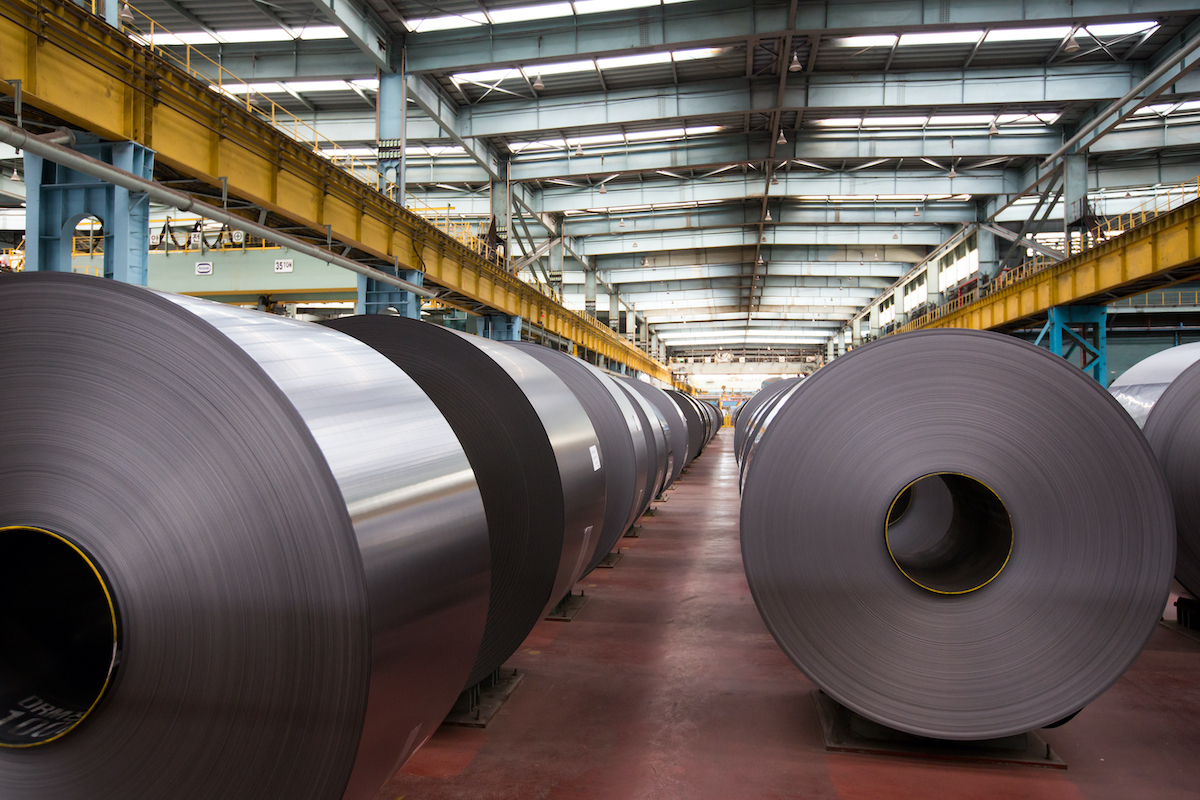The European Commission’s Carbon Border Adjustment Mechanism – currently at the stage of a proposal being discussed by the European Parliament – could be counterproductive if it doesn’t provide a solution for EU exporters of steel and other products impacted, said speakers on a virtual webinar organized by Euractiv, a Brussel-based policy events organizer, on Feb 9.
It’s currently unclear whether exporters will be able to apply for continued free allocations under the EU’s Emissions Trading Scheme (ETS) or rebates as from 2030, and what is acceptable under World Trade Organisation rules, said Oliver Sartor, senior adviser, industry, at Agora Energiewende, a Germany-based energy industry thinktank. Some EU industrial sectors export 25% of their production, and companies will be exposed if a dedicated export protection system isn’t put in place, he said.
“We need solutions for exports,” said Alex Eggert, director general of European steel association Eurofer. “The European steel industry exports 20 million mt every year, worth almost Eur20 billion, and if it’s not done right we could lose these exports over time as this cannot all be put on the internal market.”
There is the risk of capacity reductions and structural problems in the EU steel industry if no provision is made for exporters, he said. “We should look into reducing emissions, not jobs.”
The CBAM needs to be totally effective before free allocations are phased out, Eggert underscored. The carbon levy at the border will start only in 2026 and it may take 2-3 years to see whether it is working, so it is important to keep free allocation at the same level it is today during this period, Eggert said. According to current proposals the free ETS allowances will be phased out from 2026, over a 10-year period during which the CBAM will be progressively introduced, in line with WTO principles.
Eurofer is asking both the EU Member States and the European Parliament to ascertain that the system really works before ETS free allocations are phased out to prevent carbon leakage as well as higher export costs, he added.
Eurofer estimates the additional direct carbon costs for the steel industry – with the combined effect of the CBAM and the free allocation phase out – will be of nearly Eur14 billion ($16 billion) in 2030.
Eggert added that Eurofer’s proposal to keep free allocations at the current level supports the entire steel industry chain, including downstream industry, and that the association is working with its lawyers to see how this may be achieved to be compatible with WTO rules.
Maria Elena Scoppio, the EC’s director of indirect taxation and tax administration, described the CBAM as “the external impact of ETS,” designed to tax a product’s carbon content rather than exclude products from certain countries and is “purely a climate-regulatory instrument.”
Judith Kirton-Darling, deputy general secretary of global trade union organization IndustriAll, said it is important to make sure that the CBAM does not end up penalizing the least developed countries. IndustriAll supports greater funding from the ETS going into the Just Transition and Innovation funds, taking the social dimension into account, and potentially also to be used partially outside Europe.
Carbon price ‘game-changer’
Current carbon prices at near Eur100/mt are a “game changer” for EU industries including steel, boosting costs, webinar participants agreed. Miapetra Kumpula-Natri, a member of the European Parliament, said that while carbon at this price level is a “challenge” it is also a signal to investors seeking a stable price which will give an indication of what decarbonization and equipment costs may be, and will also help boost incomings to the modernization and innovation funds. “We’re not very surprised at this price,” she said.
Eurofer’s Eggert said he sees free allocation as key to helping the EU steel industry to boost its decarbonization efforts, noting that before 2018 the carbon price of less of Eur10/mt “did not help to decarbonize the industry.” The industry is also studying the exact definition of what “green steel” is, to launch a methodology, while green steel is already being produced by the sector, he said.
The CBAM will measure only direct emissions of a product, said the EC’s Scoppio.
Importers will need to prove if carbon costs were levied in the country of origin to be able to lower the level of the CBAM applied, she said.
Webinar participants agreed that it would be excessively difficult to calculate products’ indirect emissions under the scope of the CBAM at the current stage. However, if indirect emissions aren’t eventually included in the mechanism, this could lead to circumvention, Sartor claimed.
— Diana Kinch and Annalisa Villa






